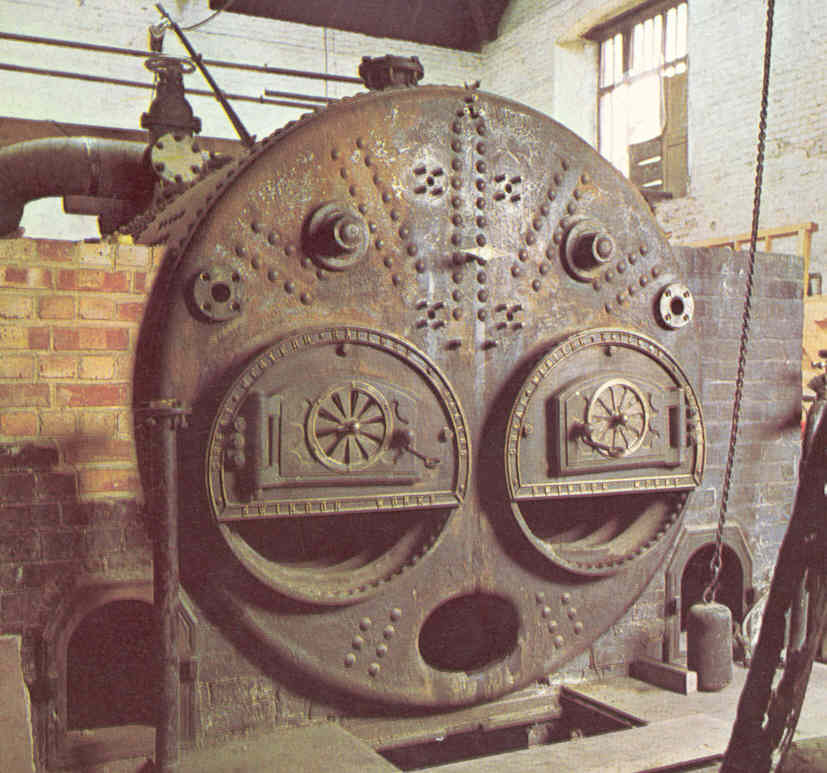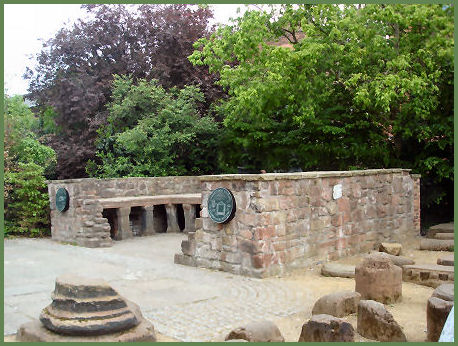Moped used to mean 'motorised pedal cycle' and they all had pedals, usually to allow them to be pedalled and started. Nowdays, any bike with an engine size of 50cc or less with a top speed not exceeding 29mph is called a moped.
Oh I thought the law said under 50 cc and capable of being propelled by pedals, seem to remember we had a Honda P50 and dad could ride that with a car licence, but when he got the Honda folding bike also 50 cc often called the Monkey bike he had to take a test, which he did, and it then allowed him to ride any size motor cycle.
There was no speed limit although getting more than 40 MPH from a 50 cc was unusual, my mate had his speeding fine pride of place 92 MPH and riding a motor cycle under 50 cc on a motor way, it was a racing one made street legal.
But today we have the e-bike with changing rules, early versions were twist and go, but now can only be pedal assist over 4 MPH up to 4 MPH considered as walk assist and you can have a button to run at up to 4 MPH without pedalling. Also a upper speed limit of 16 MPH at which point assist must stop, and a power limit of 250 watts. I suppose they are the modern moped, the Raleigh Wisp of today.
But returning to central heating the economy 7 storage heater was considered as central heating, which to my mind it never was, they were independent units no different to any other stand alone heater, but if that word has been dropped and it referred to central controlled heating then it could at a stretch it could be included.
My first house was hot air central heating, we called the unit under the stairs a boiler, but it clearly wasn't, there was nothing to boil, built 1970's can you see today a heating unit fitted under wooden stairs? Could not move it as had to connect to ducting.
Second house did not have a thermostatically controlled system, it was a single gas fire connected to a flue brick in the centre of the house, no duct for combustion air so caused draft, and classed as open flue, flue was sealed, but it seems if it draws combustion air from room classed as open flue, so technically should not fit anything to cause a depression in the house, no vented tumble drier, or bathroom extractor, it was an open plan house, so that one fire did heat whole house, 4.7 kW I seem to remember which was not really big enough, but largest at the time that would work with a flue brick, temperature in bedrooms controlled but closing or opening bedroom doors, forget and leave a door open and bedroom far too hot. Never considered it as central heating, but it was a central heater that heated whole house.
We fitted water central heating, never really much good, as the open plan resulted in up stairs rooms over heating, early 80's idea, but when the TRV came out that was a huge improvement stopping bed rooms over heating.
However the problem with the single gas fire in centre of house, was no thermostatic control, you had to manually adjust output, and manually switch on and off, had it had a thermostat and been automatic I may not have fitted central heating, the main advantage was central heating automatically started in the morning warming house before we got out of bed.
Be it the school caretaker lighting the boiler or completely automatic the main point with central heating was control, every radiator had a tap and adjusting the tap allowed room temperatures to be balanced so one man could control temperature of the whole building from one location, even if that location was not central, and as already said centre likely a better word.
But in USA it is not called a boiler, it is called a furnace, likely as they use hot air a lot, and the hot air system I had in North Wales worked well, hot are pumped to every room, which returned through vents in the doors to living room where it was sucked into the heater to be reheated, because it was circulated all rooms controlled by the one thermostat, there were louvred outlet grills which gave a small amount of individually control. But because it circulated air, it also circulated it past the cold single glazed picture windows, and as a result cost a fortune to run. Today with double glazing it may have worked, but not in the 70's. Also made the house very dry.
So it does seem the word central is connected to control, but who knows?




